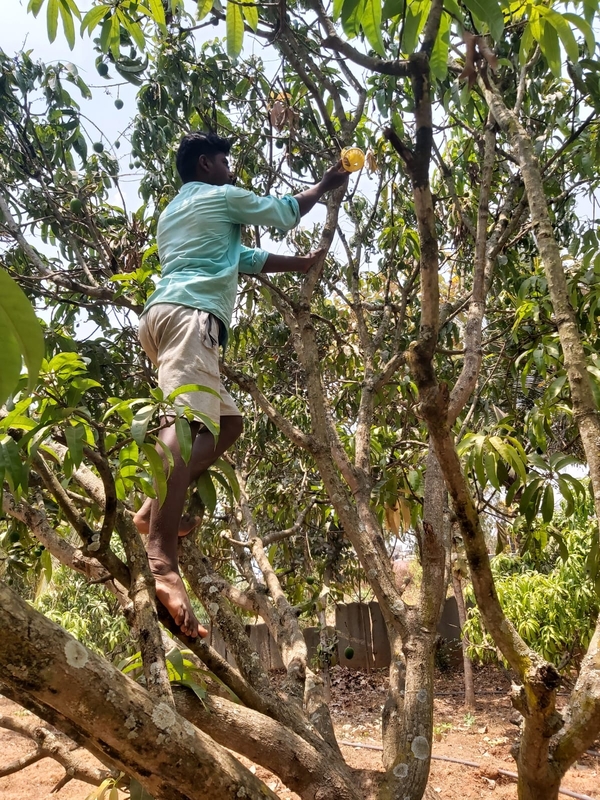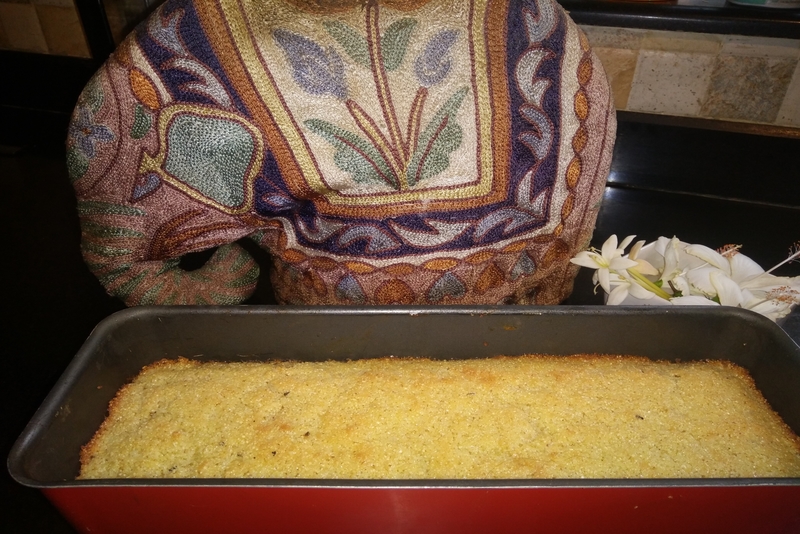Art in the Museum of Goa

I was never a great art afficionado till I went to study in Europe. It was in Amsterdam with it’s 40 odd art galleries and museums, that I learned to enjoy and appreciate art and write about it for the Sunday Deccan Herald Supplement, back in India That meant research and getting to know the artist before I could write.
In Amsterdam, I bought myself a card from the tourist information bureau, which gave me access into the 400 odd art galleries and museums across Amsterdam. Art galleries and museums play a major role on the rich cultural scene of Amsterdam and that’s where I opened my mind to the fabulous art of the masters.
Starting at one of the largest and most interesting art museums in the world, the Rijksmuseum, that’s where I stood in awe, gazing at Rembrandt's ‘The Night Watch.’ The museum was scaffolded and was being refurbished while I studied in Amsterdam in 2007. Later on 13 April 2013, after a ten-year renovation which cost € 375 million, the main building was reopened by Queen Beatrix. In 2013 and 2014, it was the most visited museum in the Netherlands with record numbers of 2.2 million and 2.47 million visitors. It is also the largest art museum in the country.
The next art museum I went several times to visit houses the world’s richest collection of one of the greatest painters in human history - Vincent van Gogh. Vincent Willem van Gogh was born on 30 March 1853 and died on 29 July 1890. Van Gogh was a Dutch post-impressionist painter who is among the most famous and influential figures in the history of Western art. In just over a decade he created about 2,100 artworks, including around 860 oil paintings, most of which date from the last two years of his life. They are characterised by bold colours and dramatic, impulsive and expressive brushwork, which was never seen before.
Sadly his suicide at 37, came after years of mental illness and poverty.Van Gogh suffered from psychotic episodes and delusions and though he worried about his mental stability, he often neglected his physical health,and did not eat properly and drank heavily. His friendship with Gauguin ended after a confrontation with a razor when, in a rage, he severed part of his own left ear. Today, Van Gogh's works are among the world's most expensive paintings, to have ever been sold at an auction.
The house where Rembrandt lived from 1639 until 1659 is now the home of a large collections of his etchings and the very place where most of them were made. There are even tu;ips named after Rembrandt’s striped tulips in his paintings with lacy petals making them outstandingly beautiful flowers.
And the reason I write this piece is about the Museum of Goa (MOG), which is a privately owned contemporary art gallery in the Pilerne Industrial Estate, in my little village of Pilerne. the acronym for the museum, and a Konkani word, translates to "love". It has no permanent collection and at 1,500 square metres it is India's largest private art space.It was founded by Goan artist Subodh Kerkar who hails from Pilerne. The gallery encourages experimental exhibit ideas.
The three-storey gallery building was designed by Dean D'Cruz, and was completed in 2015 on the site of Kerkar's former studio. As we walked in there were huge sculptures installed at the entrance of a massive Karimeen ( fish) and an angry prancing bull made of some metal.
Kerkars art was on display and we loved the ‘method in his madness’ in using the green shinanio or mussel shells so effectively to produce a compelling piece with hundreds of shells.
Another installation which caught the eye was again, hundreds of beautiful cowrie shells placed in perfect symmetry. The pearly white shells which look a lot like porcelain were used as cash in the old days and it’s not difficult looking at the shells to understand why.
We wandered out into the sculpture garden, where workers were scrubbing the patio after the heavy rains left sludge on the floor, on which patrons could slip. The lawns stretched out, lush and green in the battering rains, but we went out, to view the massive walls of coloured plastic bottles, Kerkar had turned into a creative flower wall.
Then we were guided into the little amphitheatre to listen to his life story of starting out as a very successful medical doctor turned artist. Old Pilernekars know him for being generous and kind with the poor in helping them in the village.
The gallery opened on 6 November 2015, and showcases the work of several Indian artists – including Kerkar. What I admired the most was Kerkar’s art on the topic of Goan history. That was one point that was driven home as his oils focussed on village life, especially women around the well or going to the church or temple.
Do visit when you go to Goa. It’s a mind calming balm to visit, away from the hurly burly that our once beautiful beaches have become.
Museum Address
Plot No. 79, Pilerne Industrial Estate, Pilerne, Bardez – 403511

Related Articles
Editor's Picks Articles
Top Ten Articles
Previous Features
Site Map
Content copyright © 2023 by Marianne de Nazareth. All rights reserved.
This content was written by Marianne de Nazareth. If you wish to use this content in any manner, you need written permission. Contact Marianne de Nazareth for details.





 -resizeimage.jpg.jpg)

